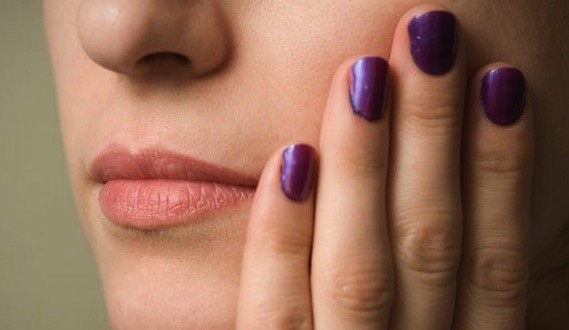An international team led by King’s College London and the San Francisco Veteran Affairs Medical Center (SFVAMC) have developed the first lab-grown epidermis – the outermost skin layer – with a functional permeability barrier akin to real skin.
The epidermis is made up of cells called keratinocytes. It prevents water escaping from the skin and prevents the entrance of toxics and pathogens. For skin to be suitable for drug and cosmetic testing, this layer must be present.
The researchers, led in London by Dusko Ilic and at SFVAMC by Theodora Mauro, manipulated human induced pluripotent stem cells to grow into keratinocytes, producing an unlimited supply. The team then grew the engineered keratinocytes in an air-liquid culture, producing false ‘skin’, called human epidermal equivalents (HEEs). While water is necessary for cell growth, the low humidity air also used meant that the functional epidermal barrier could form.
The HEEs have all the usual layers found in the epidermis of human skin and have very similar barrier properties.
“Our new method can be used to grow much greater quantities of lab-grown human epidermal equivalents, and thus could be scaled up for commercial testing of drugs and cosmetics. Human epidermal equivalents representing different types of skin could also be grown, depending on the source of the stem cells used, and could thus be tailored to study a range of skin conditions and sensitivities in different populations,” says Ilic.
Agencies/Canadajournal
 Canada Journal – News of the World Articles and videos to bring you the biggest Canadian news stories from across the country every day
Canada Journal – News of the World Articles and videos to bring you the biggest Canadian news stories from across the country every day



